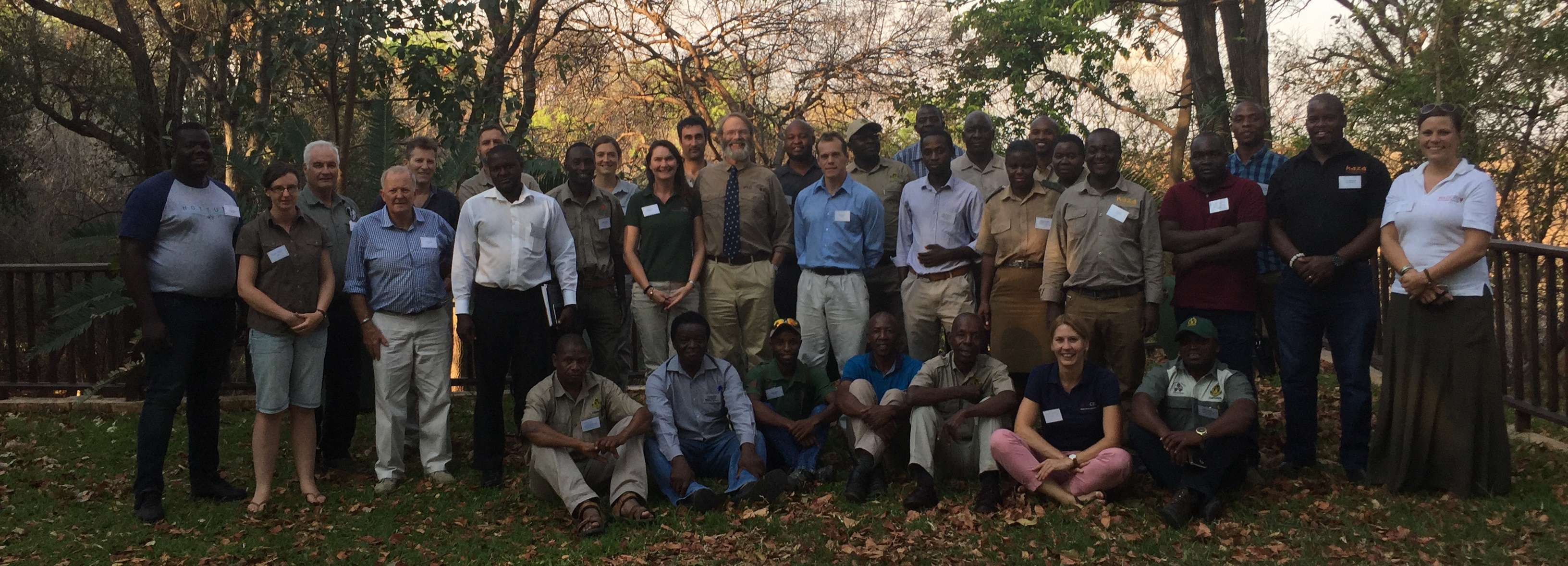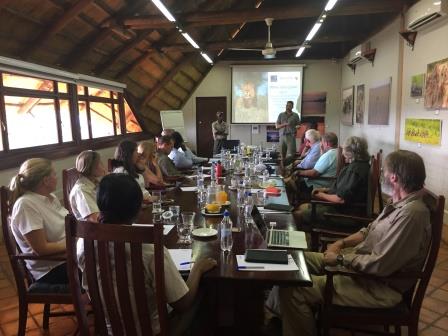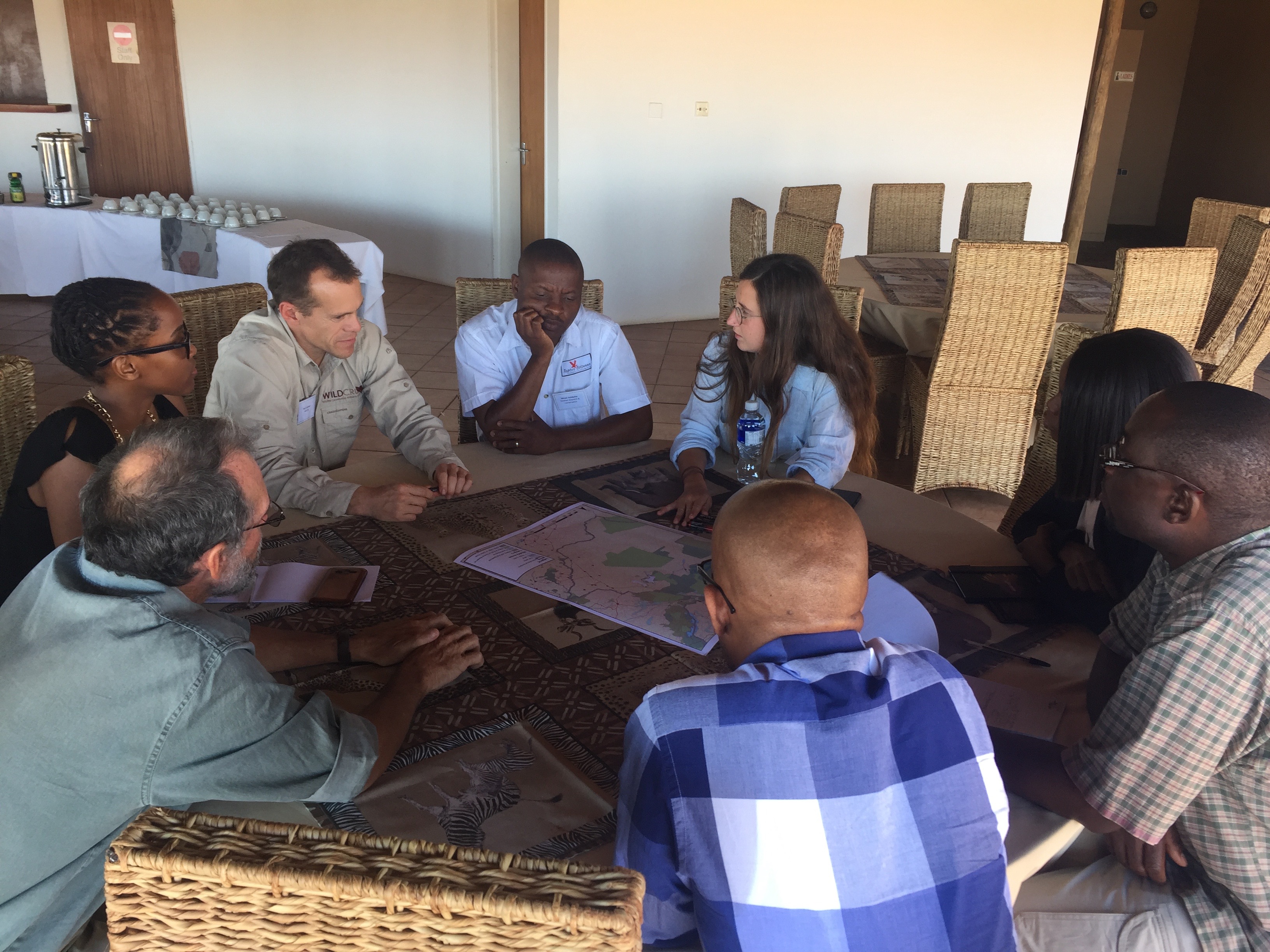News
Corridors, Connectivity & Landscape Modelling – KAZA TFCA
WildCRU’s Landscape Ecology team led by Dr Samuel Cushman and Dr Zaneta Kastza, together with the Trans Kalahari Predator Programme team, have recently hosted workshops in Botswana and Zimbabwe with relevant stakeholders and colleagues in conservation, landscape planning and development.
Across Africa, growing human and livestock populations are driving an increased demand for resources and conversion of land uses from those favouring native wildlife to those maximizing economic value. The resulting fragmentation of natural habitat can threaten the long-term viability of increasingly isolated wildlife populations, intensifying vulnerability to local extinctions and inbreeding depression. Simultaneously, increasing levels of human-wildlife conflict has resulted in rural communities suffering from livestock and crop losses with retaliatory killing of conflict species contributing significantly to isolation of wildlife populations and population declines.
A landscape of interconnected protected areas was, therefore, recognized as an important requirement for healthy and viable wildlife populations and ecosystems. Viable wildlife areas are critical for tourism, one of the main contributors to GDP in many African countries. Moreover, management policies that facilitate the natural movement of individuals between isolated populations have the potential to increase effective population size and reduce human-wildlife conflict risks.
We introduced WildCRU’s connectivity models which allow the conceptualisation of long-term process over large spatial scales and test possible land use scenarios to inform future land use management decisions. These biological models, based on biological and behavioural data, and integrating environmental and human development data, allow decision makers to take animal behaviour into account and avoid ad hoc assignments of corridors based on subjective preconceptions of what is important. WildCRU, in partnership with the Botswana Department of Wildlife and National Parks, the Zimbabwe Parks and Wildlife Parks and Management Authority have made use of the cutting edge science to predictively model patterns of landscape connectivity for lions in the Kavango-Zambezi (KAZA) landscape. The model prioritises core connected habitats and critical movement pathways between them against empirical criteria. View the models here.
Workshop participants engaged in discussions to identify areas where the model, and broader landscape connectivity and genetics methods, could be used to address practical conservation needs in the regions. Full details following the workshops can be viewed on the following pages:
Botswana Workshop, 15th & 16th October 2018, Mokolodi Nature Reserve, Gaborone
Zimbabwe Workshop, 18th & 19th October 2018, Victoria Falls Safari Lodge, Victoria Falls
In addition to the prioritised areas in each country, Prof David Macdonald has invited colleagues from the Botswana Department of Wildlife and National Parks and the Zimbabwe Parks and Wildlife Management Authority to Tubney House in Oxford later this year to work with the WildCRU Landscape Ecology team to facilitate actions on incorporating national priorities into the modelling framework and to acquire skills and training in this arena.










